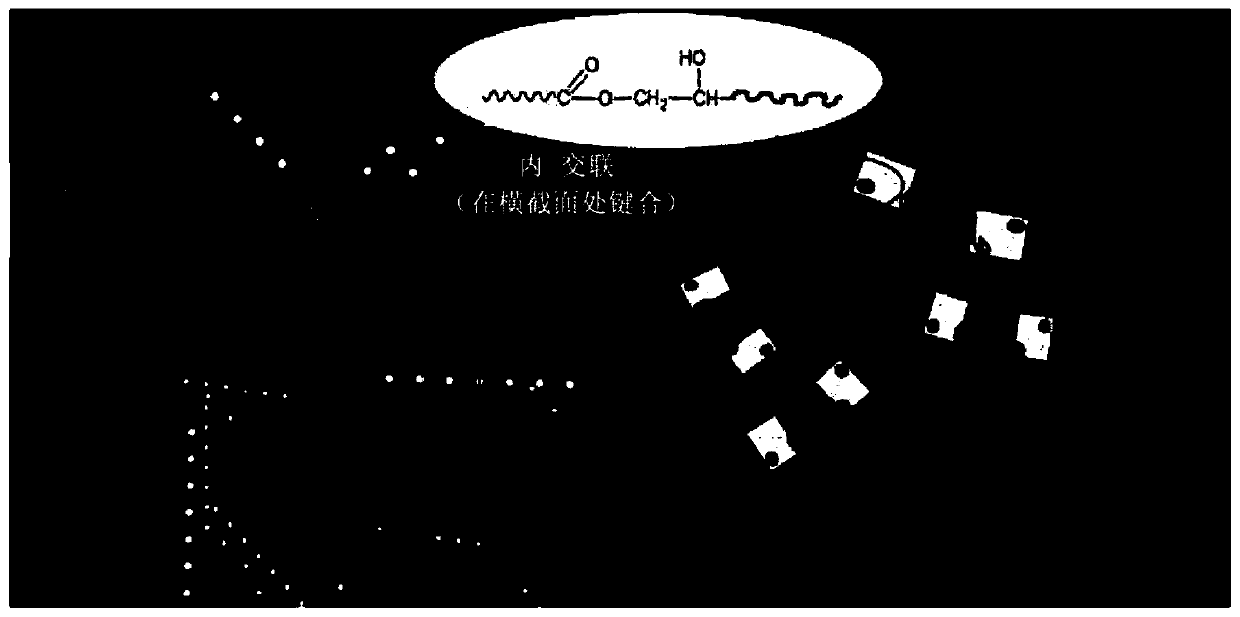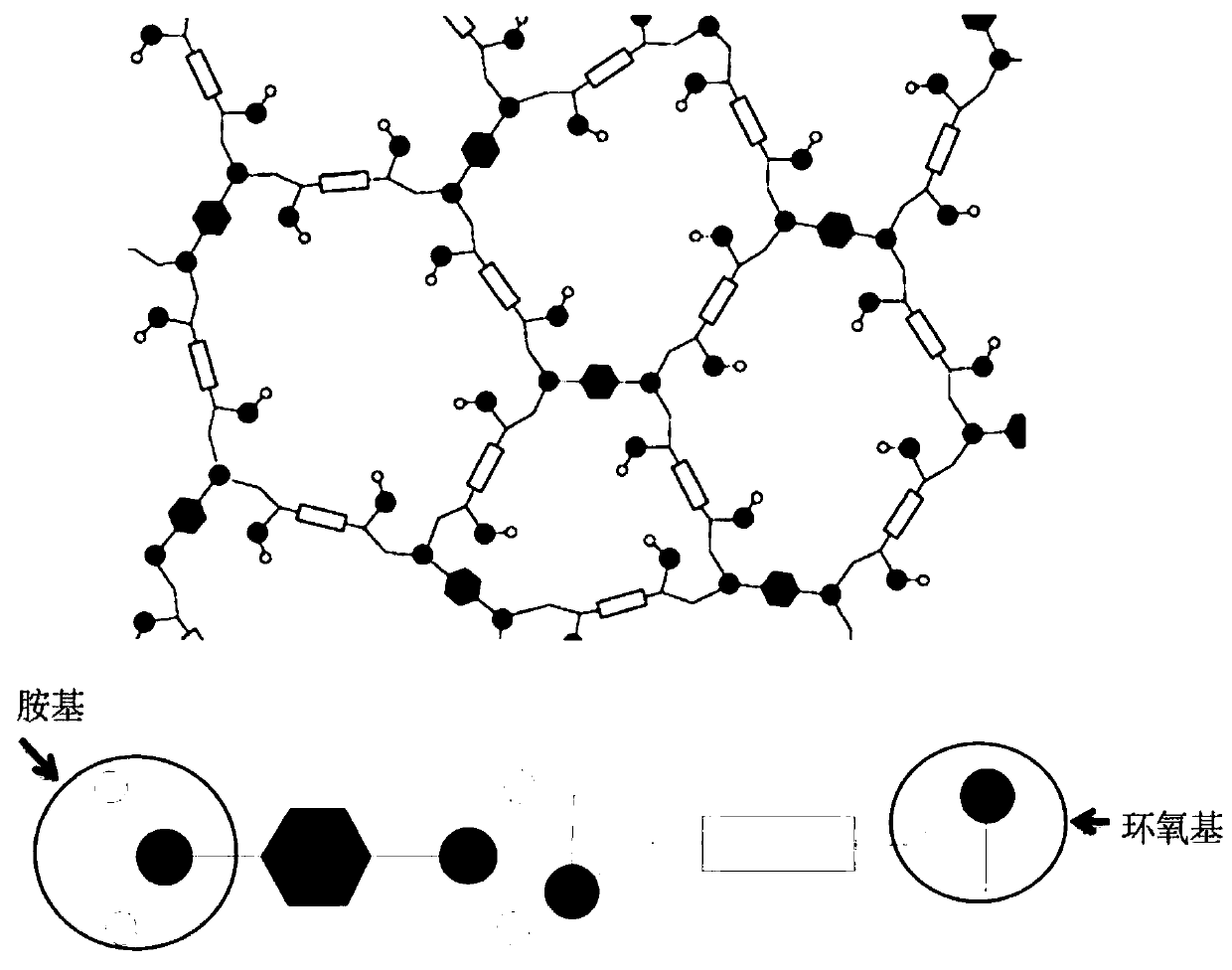Use of thermosetting polymeric powder composition
A technology of polymer and composition, applied in the field of polymer materials, to achieve the effect of high porosity
- Summary
- Abstract
- Description
- Claims
- Application Information
AI Technical Summary
Problems solved by technology
Method used
Image
Examples
Embodiment 1
[0120] The mixture consists of 600 parts P3490 (DSM) (a saturated carboxylated polyester resin), 45 parts PT-910 (Huntsman), 320 parts of titanium dioxide ( 2160, Kronos Titan GmbH), 15 parts of Resiflow PV 5 (Worlée-Chemie GmbH), 8 parts of Accelerator DT-3126 (Huntsman) and 7 parts of benzoin. All components were pre-mixed in a high speed mixer for 1 minute and then extruded in a twin-screw ZSK-18 extruder at a screw speed of 400 rpm with a rear zone temperature of 80°C and a front zone temperature of 90°C. In an alternative setup of the extruder, a temperature gradient of 40 to 100° C. and a cooling device for the dosing zone are used. The resulting compound was then cooled, granulated and finely ground to obtain a powder with a D50 of 30-40 μm. The powder can be used in 3D printers, such as SLS laser sintering 3D printers.
Embodiment 2
[0122] The mixture consists of 600 parts P3490, 45 parts Composed of PT-910 (Huntsman), 15 parts Resiflow PV 5 (Worlée-Chemie GmbH), 8 parts Accelerator DT-3126 (Huntsman), 7 parts benzoin and 10 parts short carbon fiber. The carbon fiber used has an average length of 60μm and can be found in the product name - Obtained under AHAT M100 (Toho Tenax Europe GmbH). All components were pre-mixed in a high speed mixer for 1 minute and then extruded in a twin-screw ZSK-18 extruder at a screw speed of 400 rpm with a rear zone temperature of 90°C and a front zone temperature of 100°C. In an alternative setup of the extruder, a temperature gradient of 40 to 100° C. and a cooling device for the dosing zone are used. The resulting compound was then cooled, granulated and finely ground to obtain a powder with a D50 of 30-40 μm. The powder can be used in 3D printers, such as SLS laser sintering 3D printers.
Embodiment 3
[0124] The mixture consists of 500 parts P 1580 (DSM) (a saturated OH-polyester resin), 215 parts Composition of B 1530 (Evonik), 15 parts of Resiflow PV 5 (Worlée-Chemie GmbH) and 7 parts of benzoin. All components were pre-mixed in a high speed mixer for 1 minute and then extruded in a twin-screw ZSK-18 extruder at a screw speed of 400 rpm with a rear zone temperature of 90°C and a front zone temperature of 100°C. In an alternative setup of the extruder, a temperature gradient of 40 to 100° C. and a cooling device for the dosing zone are used. The resulting compound was then cooled, granulated and finely ground to obtain a powder with a D50 of 30-40 μm. The powder can be used in 3D printers, such as SLS laser sintering 3D printers.
PUM
| Property | Measurement | Unit |
|---|---|---|
| melting point | aaaaa | aaaaa |
| particle size | aaaaa | aaaaa |
| number average molecular weight | aaaaa | aaaaa |
Abstract
Description
Claims
Application Information
 Login to View More
Login to View More - R&D
- Intellectual Property
- Life Sciences
- Materials
- Tech Scout
- Unparalleled Data Quality
- Higher Quality Content
- 60% Fewer Hallucinations
Browse by: Latest US Patents, China's latest patents, Technical Efficacy Thesaurus, Application Domain, Technology Topic, Popular Technical Reports.
© 2025 PatSnap. All rights reserved.Legal|Privacy policy|Modern Slavery Act Transparency Statement|Sitemap|About US| Contact US: help@patsnap.com



